A faster way to teach a robot

Imagine purchasing a robot to perform household tasks. This robot was built and trained in a factory on a certain set of tasks and has never seen the items in your home. When you ask it to pick up a …

Imagine purchasing a robot to perform household tasks. This robot was built and trained in a factory on a certain set of tasks and has never seen the items in your home. When you ask it to pick up a …
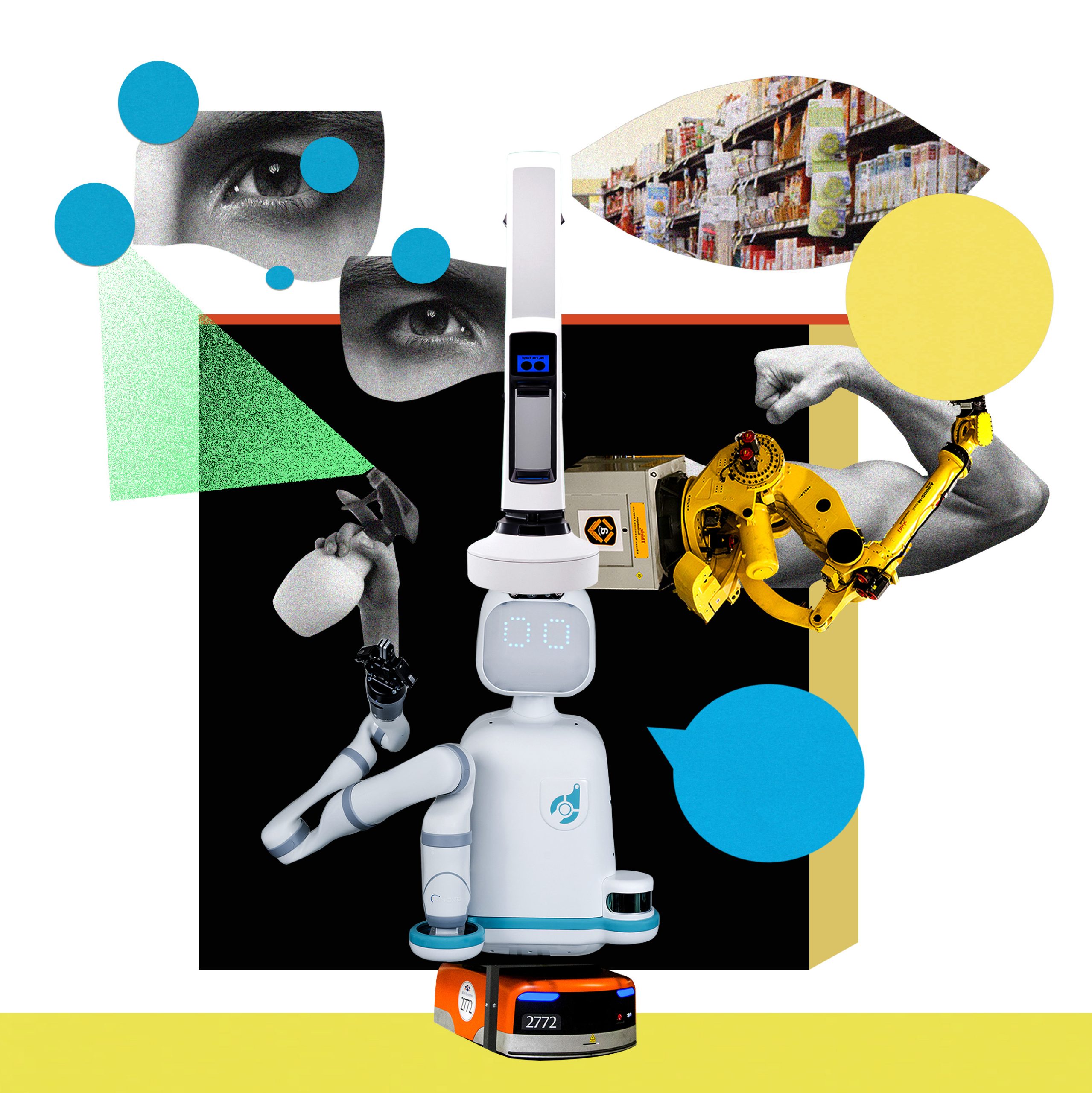
Your brand new household robot is delivered to your house, and you ask it to make you a cup of coffee. Although it knows some basic skills from previous practice in simulated kitchens, there are way too many actions it …

Amid a huge amount of hype around generative AI, a new study from researchers at MIT sheds light on the technology’s impact on work, finding that it increased productivity for workers assigned tasks like writing cover letters, delicate emails, and …

Imagine that a team of scientists has developed a machine-learning model that can predict whether a patient has cancer from lung scan images. They want to share this model with hospitals around the world so clinicians can start using it …
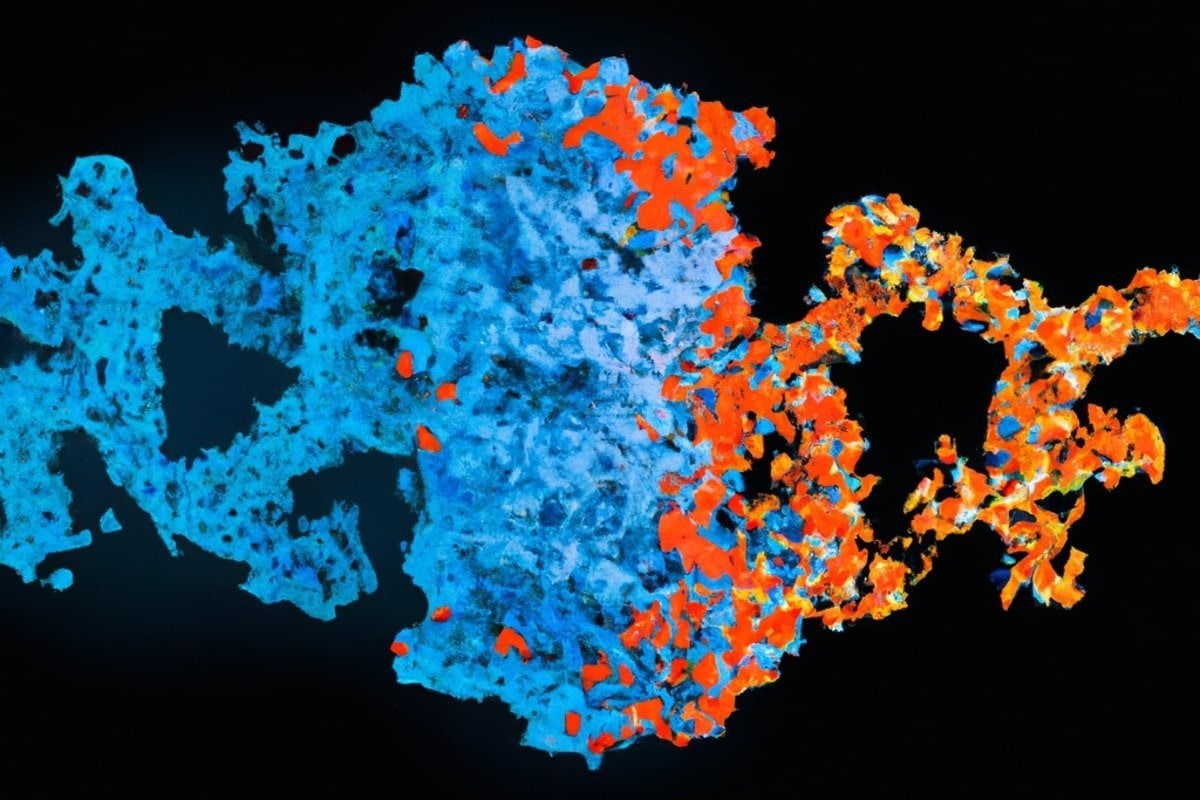
Biology is a wondrous yet delicate tapestry. At the heart is DNA, the master weaver that encodes proteins, responsible for orchestrating the many biological functions that sustain life within the human body. However, our body is akin to a finely …
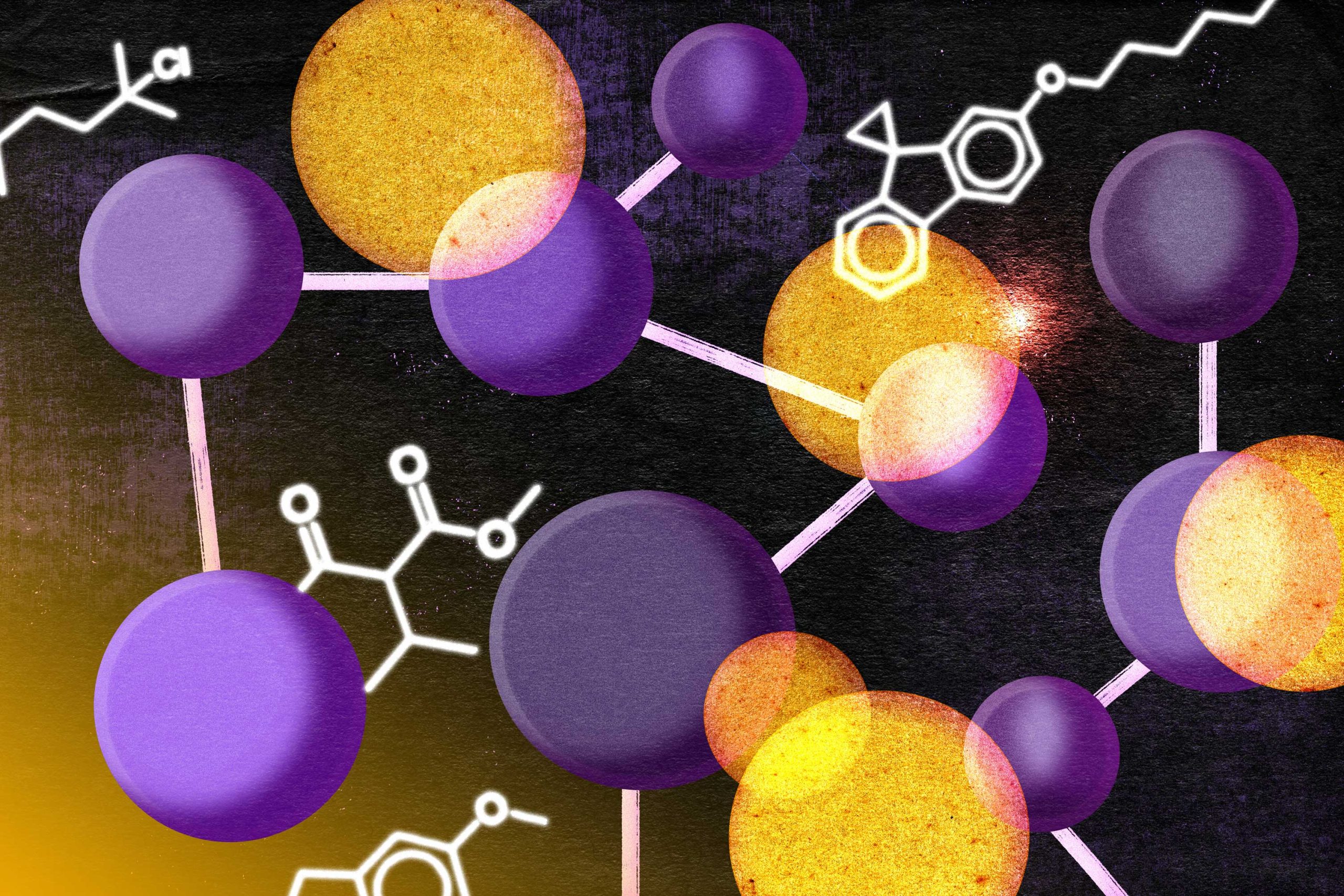
Discovering new materials and drugs typically involves a manual, trial-and-error process that can take decades and cost millions of dollars. To streamline this process, scientists often use machine learning to predict molecular properties and narrow down the molecules they need …

MIT Responsible AI for Social Empowerment and Education (RAISE) recently celebrated the second annual Day of AI with two flagship local events. The Edward M. Kennedy Institute for the U.S. Senate in Boston hosted a human rights and data policy-focused …

The rapid advance of artificial intelligence has generated a lot of buzz, with some predicting it will lead to an idyllic utopia and others warning it will bring the end of humanity. But speculation about where AI technology is going, …

There has been a remarkable surge in the use of algorithms and artificial intelligence to address a wide range of problems and challenges. While their adoption, particularly with the rise of AI, is reshaping nearly every industry sector, discipline, and …
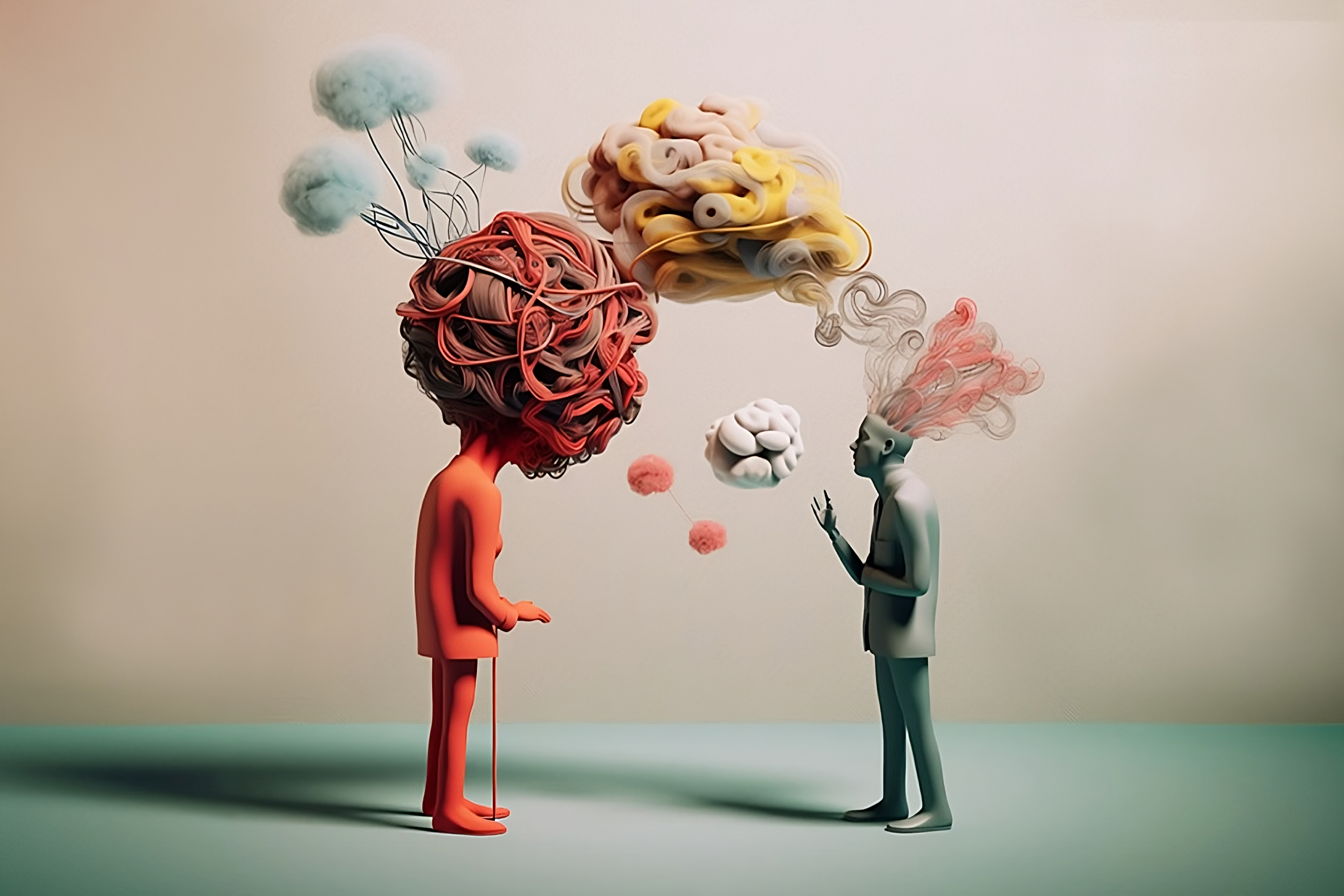
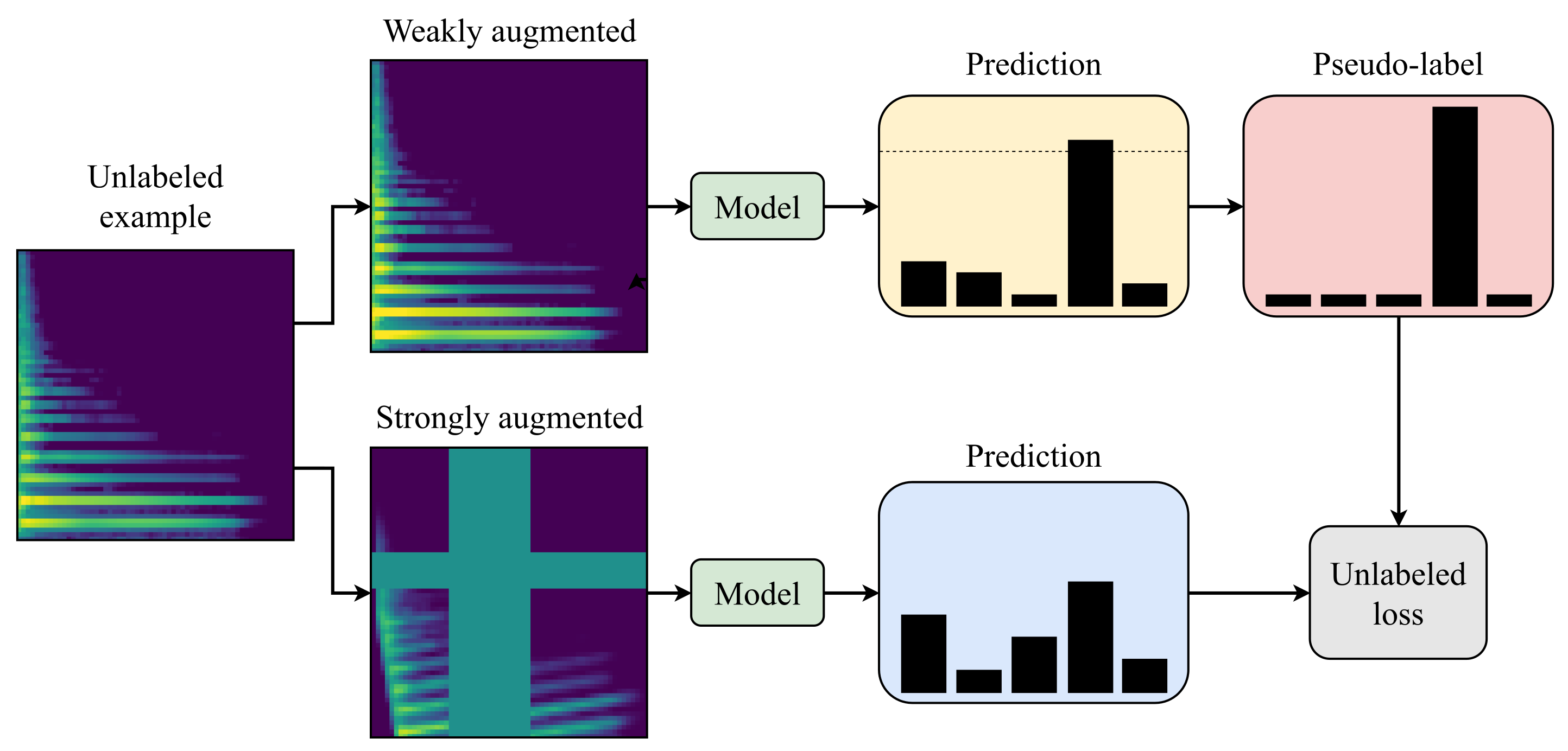
Researchers from MIT, the MIT-IBM Watson AI Lab, IBM Research, and elsewhere have developed a new technique for analyzing unlabeled audio and visual data that could improve the performance of machine-learning models used in applications like speech recognition and object …
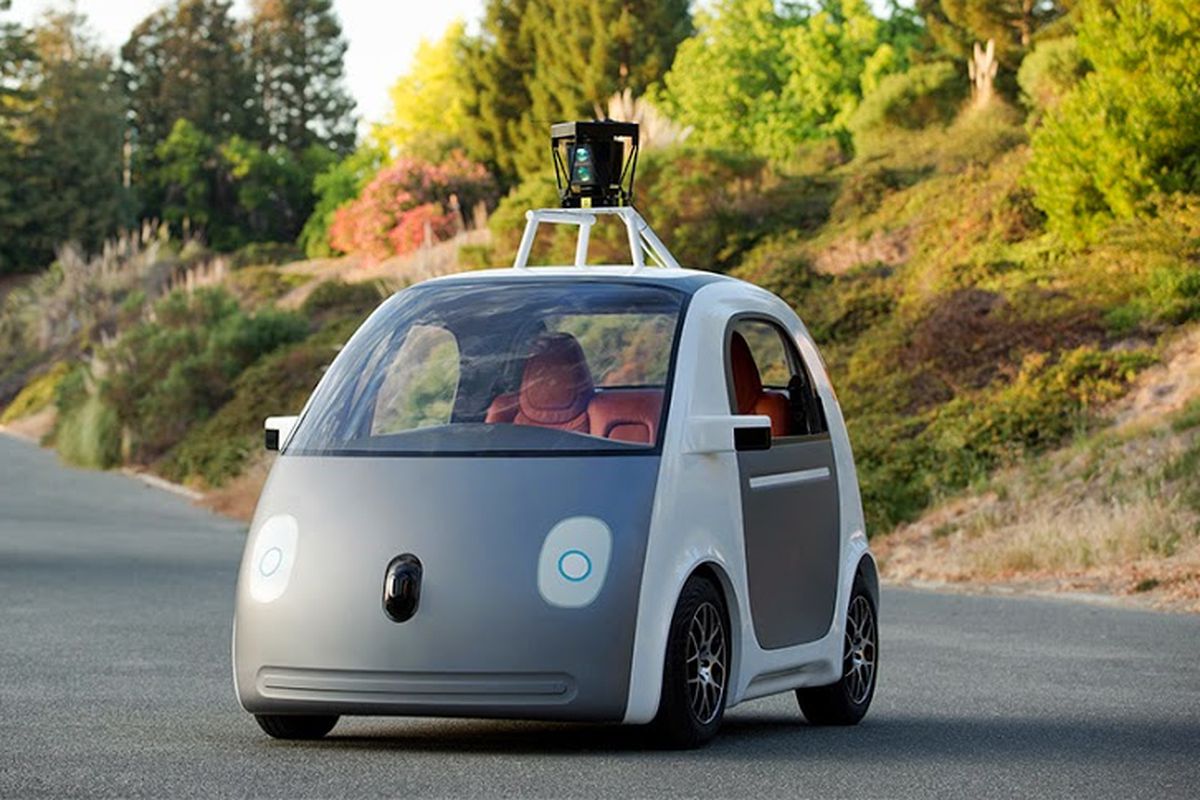
When Cindy Heredia was choosing an MBA program, she knew she wanted to be at the forefront of the autonomous driving industry. While doing research, she discovered that MIT had a unique offering: a student-run driverless team. Heredia applied to …
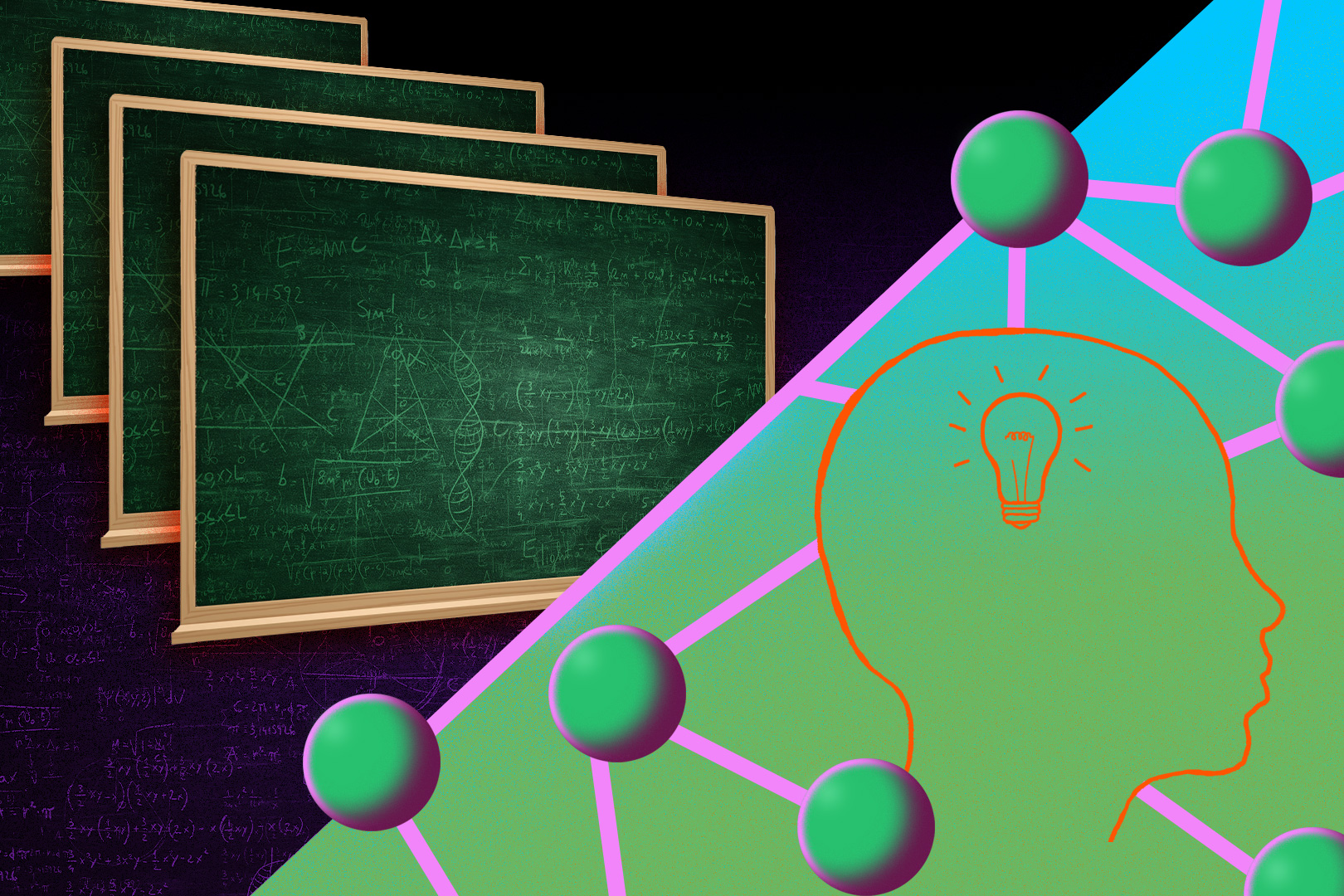
Someone learning to play tennis might hire a teacher to help them learn faster. Because this teacher is (hopefully) a great tennis player, there are times when trying to exactly mimic the teacher won’t help the student learn. Perhaps the …
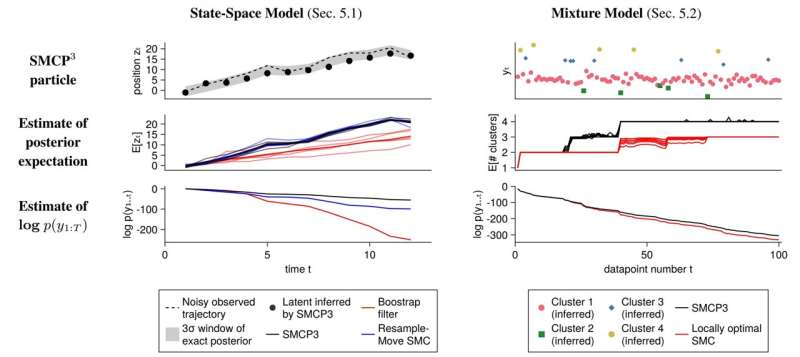
Despite their enormous size and power, today's artificial intelligence systems routinely fail to distinguish between hallucination and reality. Autonomous driving systems can fail to perceive pedestrians and emergency vehicles right in front of them, with fatal consequences. Conversational AI systems …
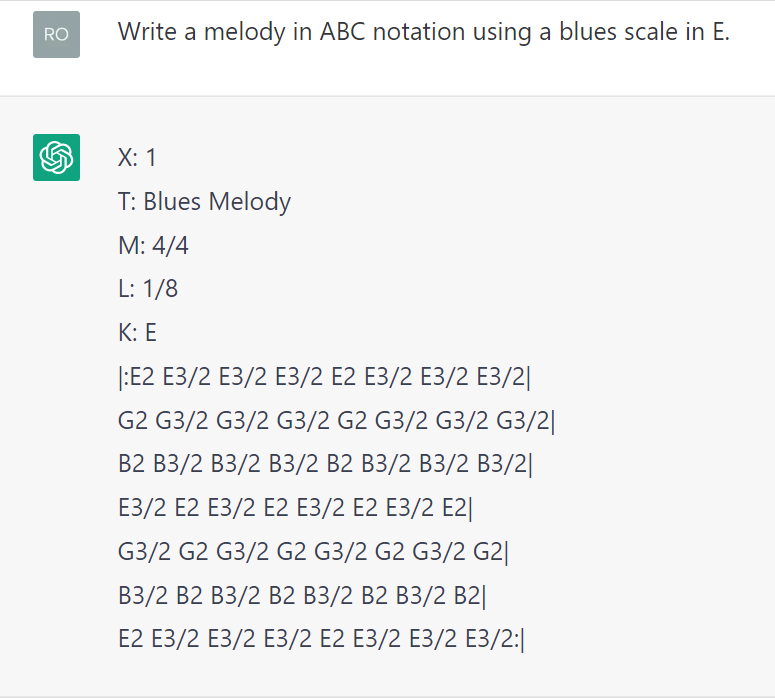
A three-year recipient of MIT’s Emerson Classical Vocal Scholarships, senior Ananya Gurumurthy recalls getting ready to step onto the Carnegie Hall stage to sing a Mozart opera that she once sang with the New York All-State Choir. The choir conductor …
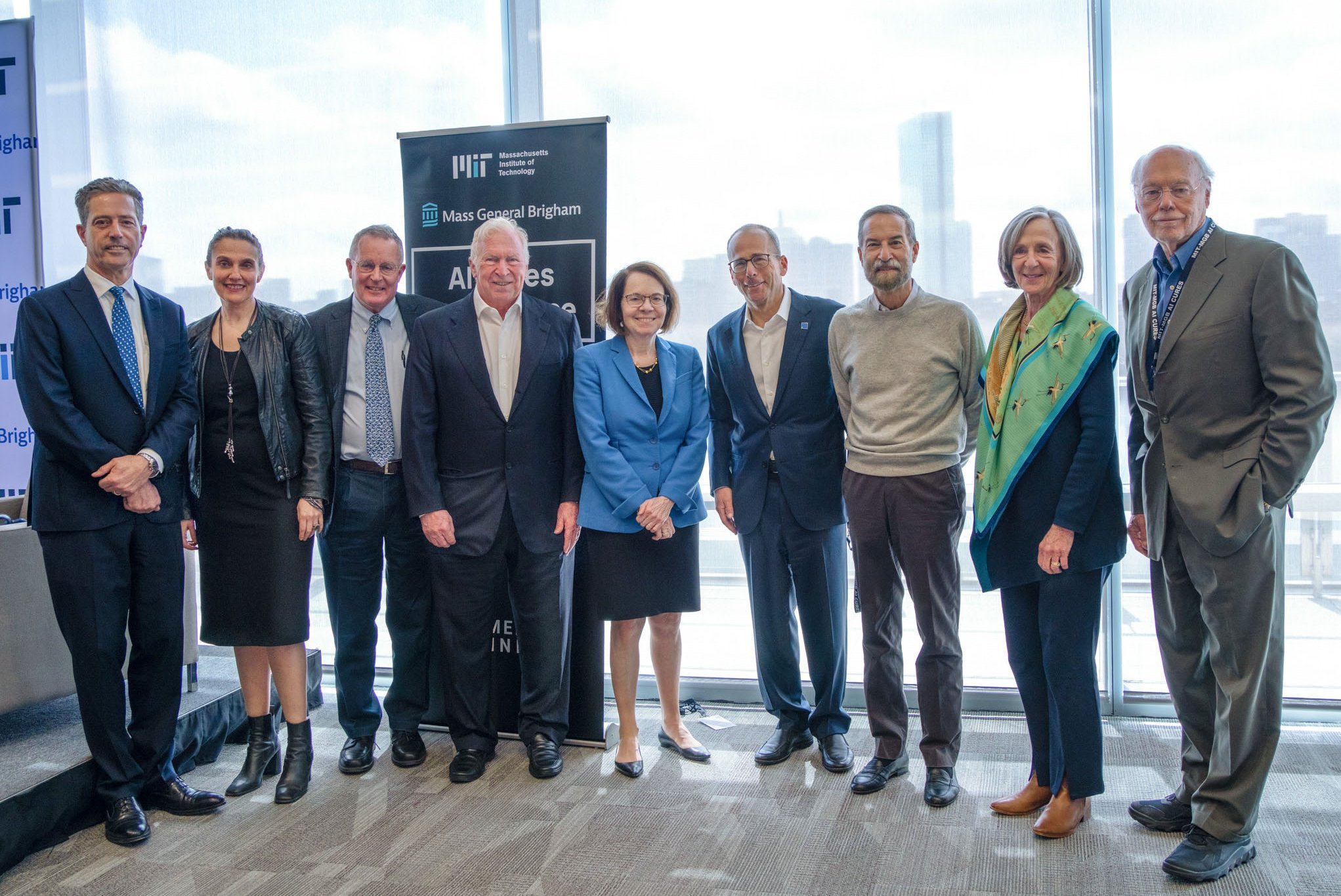
The advent of generative artificial intelligence models like ChatGPT has prompted renewed calls for AI in health care, and its support base only appears to be broadening.
The second annual MIT-MGB AI Cures Conference, hosted on April 24 by the …

To study ocean currents, scientists release GPS-tagged buoys in the ocean and record their velocities to reconstruct the currents that transport them. These buoy data are also used to identify “divergences,” which are areas where water rises up from below …
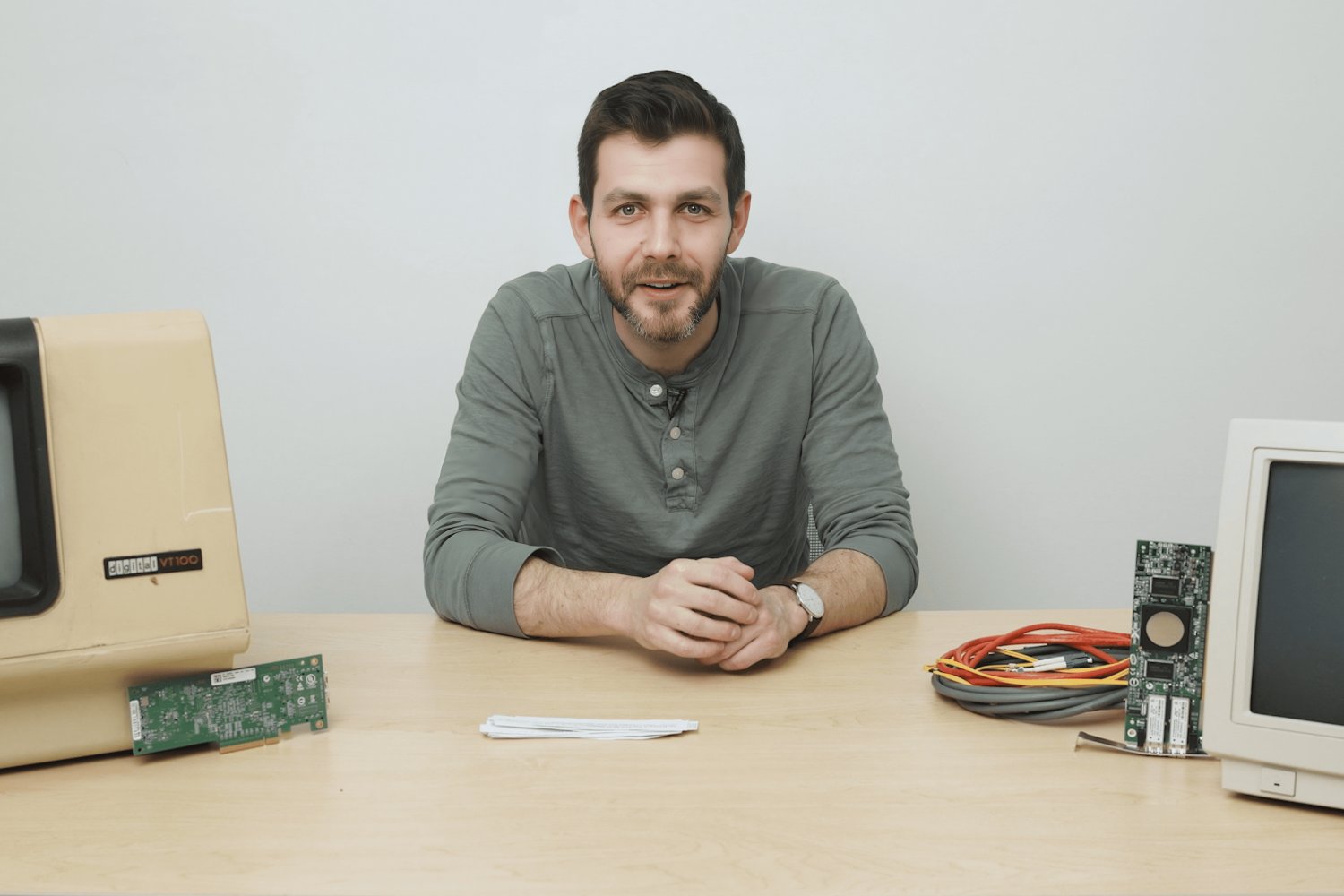
Words, data, and algorithms combine,
An article about LLMs, so divine.
A glimpse into a linguistic world,
Where language machines are unfurled.
It was a natural inclination to task a large language model (LLM) like CHATGPT with creating a poem …

In an effort to improve fairness or reduce backlogs, machine-learning models are sometimes designed to mimic human decision making, such as deciding whether social media posts violate toxic content policies.
But researchers from MIT and elsewhere have found that these …

Imagine sitting on a park bench, watching someone stroll by. While the scene may constantly change as the person walks, the human brain can transform that dynamic visual information into a more stable representation over time. This ability, known as …